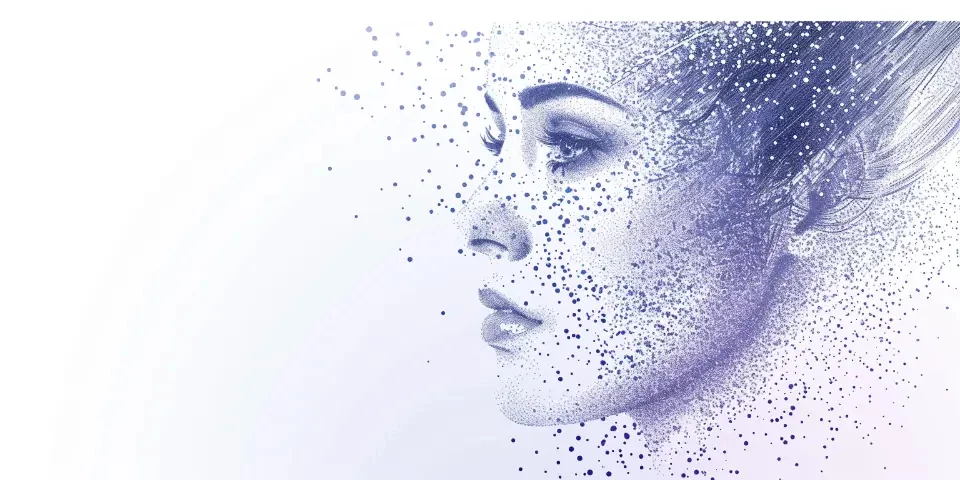Unleashing the Power of AI How Market Intelligence is Revolutionizing Customer Insights
In the world of digital art, creativity knows no bounds. From storytelling to intricate visual effects, animators have always pushed the boundaries of imagination. However, the advent of Artificial Intelligence (AI) has brought about a new era, enhancing the creative process and revolutionizing digital art. In this article, we will explore the various ways in which AI animators are transforming the industry.
1. Streamlined Workflow
AI animators have greatly streamlined the traditional workflow, making it more efficient and time-saving. With the use of advanced algorithms, repetitive tasks such as character modeling or background design can now be automated, allowing artists to focus on more creative aspects of their work.

2. Improved Character Animation
AI technology has the ability to analyze and replicate human movements, leading to more realistic and lifelike character animations. This allows artists to bring their creations to life in ways that were previously unattainable.
3. Enhanced Visual Effects
By utilizing AI algorithms, animators can now create stunning visual effects with ease. Whether it's realistic explosions or mesmerizing particle simulations, AI tools provide artists with the means to achieve the highest level of visual fidelity.
4. Creative Assistance
AI animators can act as creative assistants, providing suggestions and ideas to artists. By analyzing vast amounts of data and trends, AI algorithms can generate creative insights, helping artists explore new possibilities and push their artistic boundaries.
5. Automated Lip Syncing
Gone are the days of manual lip syncing. AI software can now synchronize character movement with dialogue automatically. This not only saves time but also ensures accurate and seamless lip syncing.
6. Adaptive AI Systems
AI animators are continuously learning and adapting. They can analyze an artist's style and mimic it, allowing for consistent and cohesive animations throughout a project. This adaptability provides a sense of artistic continuity that was previously difficult to maintain.
7. Real-time Collaboration
AI-powered animation tools enable real-time collaboration between artists located anywhere in the world. Whether it's through cloud-based platforms or virtual reality environments, artists can now work together seamlessly, enhancing creativity through shared knowledge and expertise.
8. AI Versus Human Challenge
One common misconception is that AI animators will replace human artists. However, the reality is that AI is a tool that can complement human creativity. AI algorithms can assist artists in the creative process, but the final artistic decisions ultimately lie with the human artist.
9. Ethical Considerations
The rise of AI animators raises ethical concerns. As AI becomes more advanced, questions about the ownership and copyright of AI-generated artworks arise. Striking a balance between AI assistance and respecting the originality of human artists will be a crucial aspect of this ongoing revolution.
10. Advancements in Software
Software companies are investing in AI to enhance animation tools. From Adobe's Character Animator to Daz Studio, various platforms are incorporating AI algorithms to empower artists with new capabilities and possibilities.
11. The Role of Neural Networks
Neural networks are at the forefront of AI animation. By imitating the human brain's structure and behavior, neural networks are capable of learning, recognizing patterns, and generating original digital art, providing artists with even more creative inspiration.
12. AI in Virtual Reality
AI animators are also finding applications in virtual reality environments. Real-time simulation and rendering, coupled with AI algorithms, allow for immersive and interactive virtual experiences, opening up new avenues for artistic expression.
13. Overcoming Technical Barriers
AI is helping artists overcome technical barriers by automating complex processes. Whether it's cloth simulation or fluid dynamics, AI-powered tools simplify intricate technical tasks, giving artists the freedom to focus on their creative vision.
14. Pushing Boundaries
AI animators are constantly pushing the boundaries of what is possible in digital art. By harnessing the power of AI, artists can explore uncharted territories and experiment with new styles, paving the way for groundbreaking creations.
15. Future Implications
As technology continues to evolve, the future implications of AI animators are vast. From personalized AI assistants tailored to creative needs to AI-generated content, the possibilities are endless and exciting.
Frequently Asked Questions
1. Will AI animators replace human artists?
No, AI animators are tools that augment human creativity and assist artists in the creative process. The final decision-making lies with the human artist.
2. Do AI animators have limitations?
While AI animators have made remarkable advancements, they do have limitations. They rely on pre-existing data and patterns and may struggle with generating entirely new and original ideas.
3. Are AI animators accessible to all artists?
AI animators range from free open-source software to highly specialized and expensive platforms. However, as technology progresses, the accessibility and affordability of AI-powered animation tools are expected to improve.
References:
1. Johnson, A. (2021). How AI Is Revolutionizing Animation. Forbes. Retrieved from link.
2. Joosten, C., and Sussan, F. (2020). How AI is Changing Animation Industry and Films. Talented International. Retrieved from link.
3. Adobe. (n.d.). Adobe Character Animator. Retrieved from link.
Explore your companion in WeMate